|
As the Allies advanced across Europe in late 1944, the need for a fully manned Wardens' Service within the Civil Defence Services was waning. Elsewhere, by the end of 1944, the Home Guard would be stood down entirely.
This Certificate of Release from the end of November 1944 details the release of a warden from his duties in in Glamorgan. Mr Cramb had joined the Wardens' Service in January 1943 and I am assuming he was a volunteer and not a paid warden. The reason for the release is stated as "Reduction in Authorised Establishment". Interestingly, it was sent by the Chief Constable in Cardiff. The entirety of the Civil Defence Services would be stood down in May of 1945.
0 Comments
Some remarkable prices have recently been achieved for London Underground shelter tickets; see this example for Piccadilly Circus. There is clearly an avid collectors market for this type of paper ephemera. The below ticket for Camden Town features the "New Tube Shelters" name and was sold on eBay for £210.
A previous blog detailed the background of a similar shelter in Clapham. See also the unique badge issued to wardens working in the New Tube Shelters. A wallet for members of Wardens' Posts embossed with CD and crown plus Wardens' Post and SE6. The SE6 postcode district is located in south-east London and covers a large part of the then Metropolitan Borough of Lewisham. The SE6 suburbs include Bellingham, Bromley, Catford, Downham, Grove Park, Hither Green, Lee and Whitefoot.
The tickets issued by the London Passenger Transport Board (LPTB) during the second world war are avidly collected. The below example recently sold on eBay for £183 (incl. shipping). There are quite a few different examples of these tickets; see this previous blog about tickets for Goodge St., Paddington & South Wimbledon stations.
It appears every warden was issued with a warrant or appointment card. Many of these are avidly collected and prices continue to rise. The below example is quite unusual in that it contains a photograph of the holder. Also, apart from the cover and the ARP Controller's signature and area rubber stamps, most of the card was typeset on a typewriter and printed (you can see two different styles of typewriter font).
|
Please support this website's running costs and keep it advert free
Categories
All
Archives
June 2024
|
|
|
Copyright © 2018–2024
|
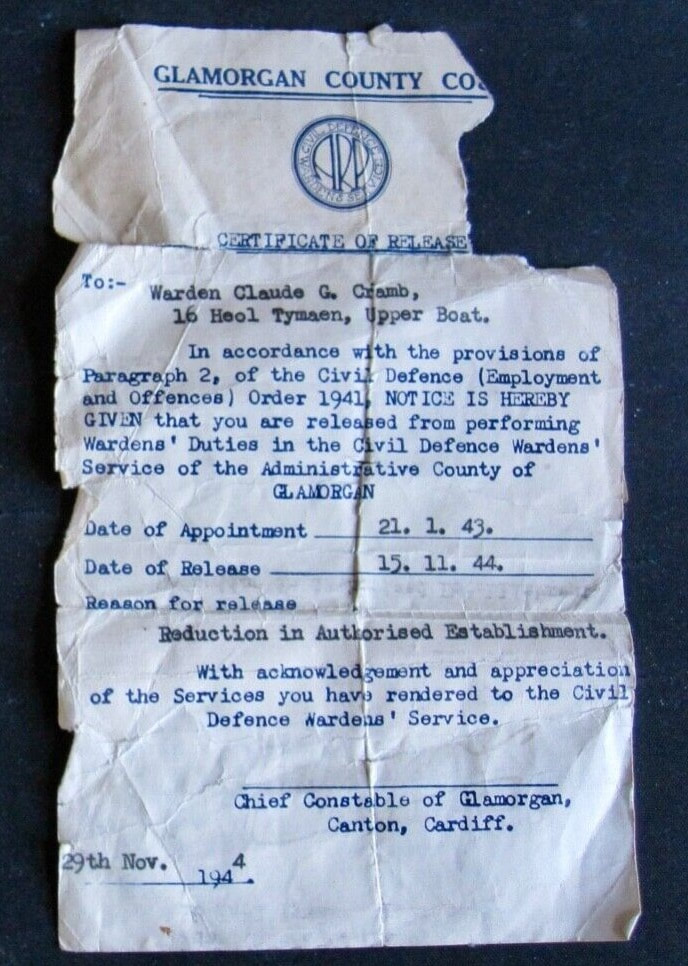
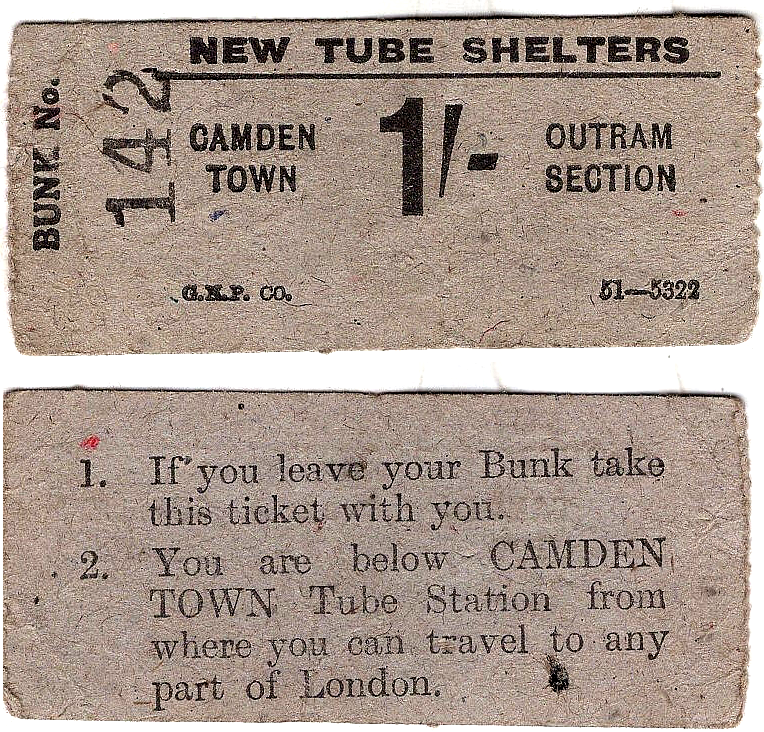
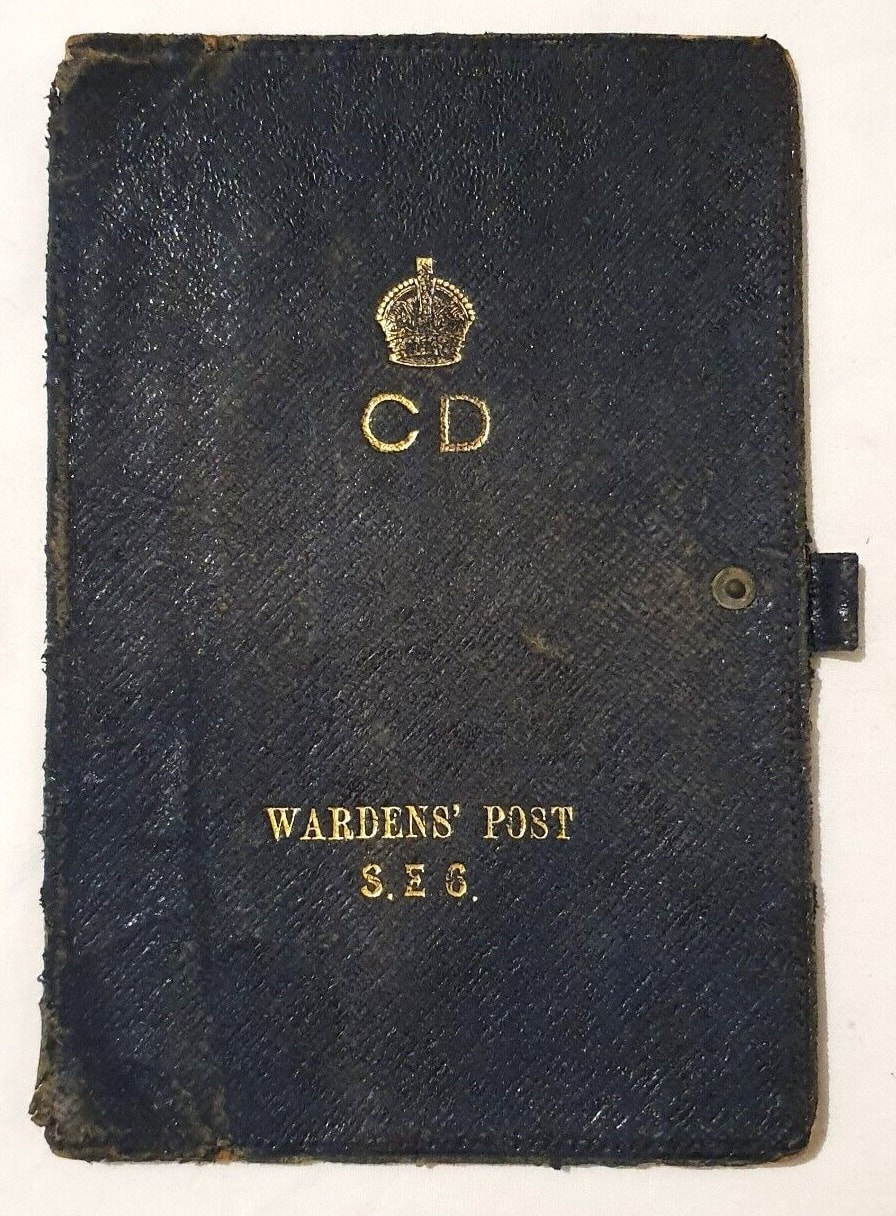
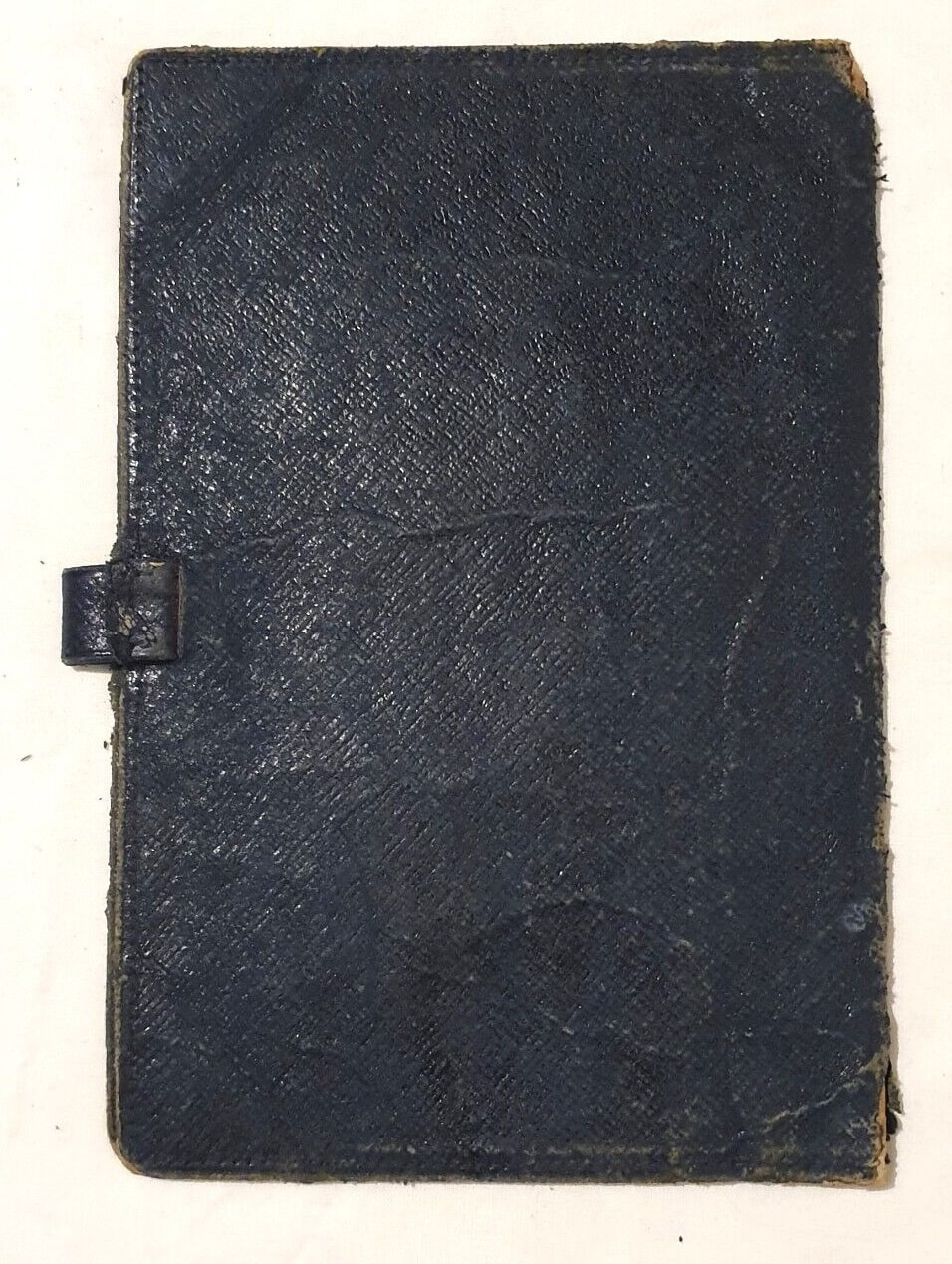
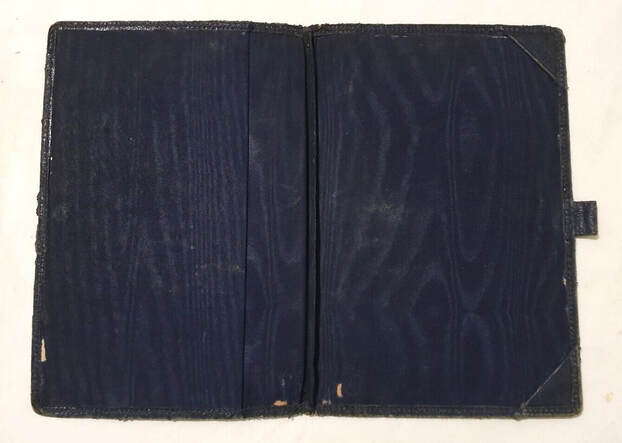
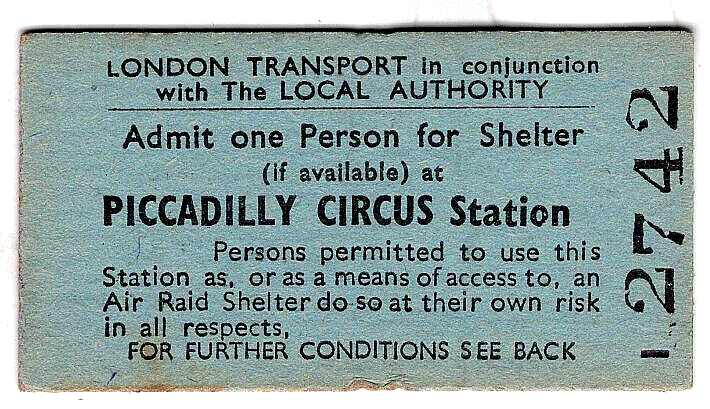
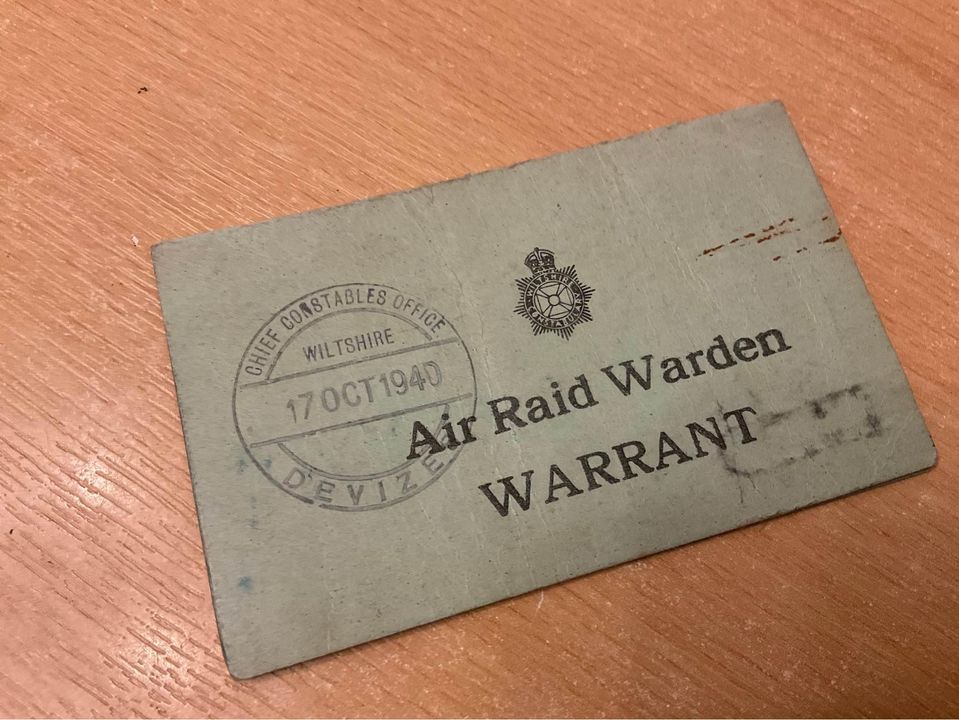
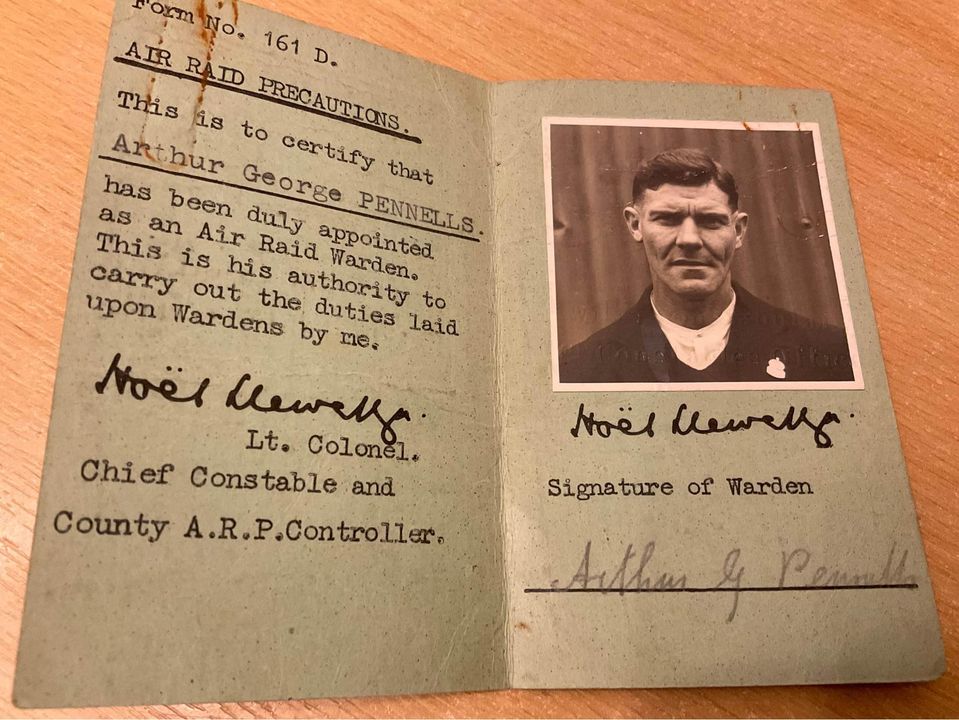

 RSS Feed
RSS Feed